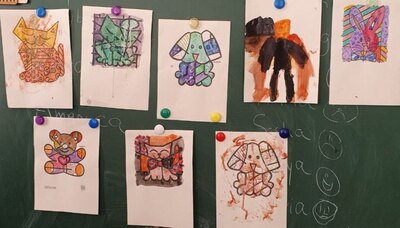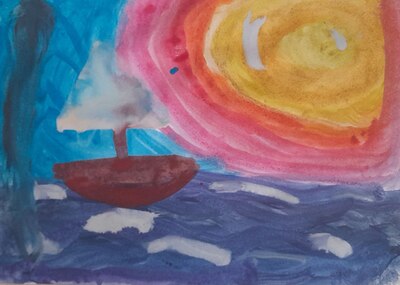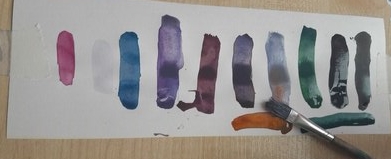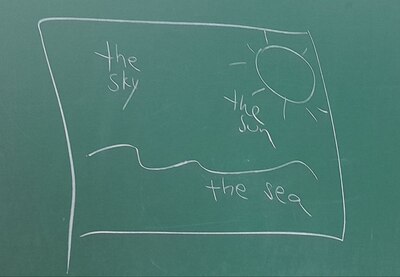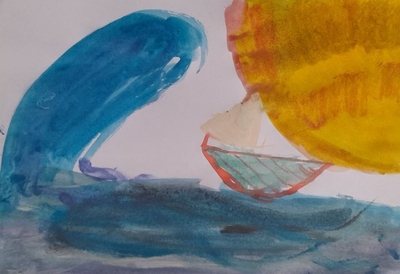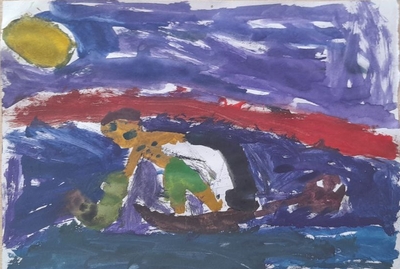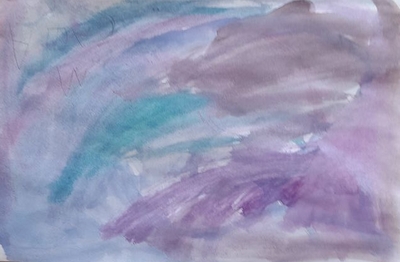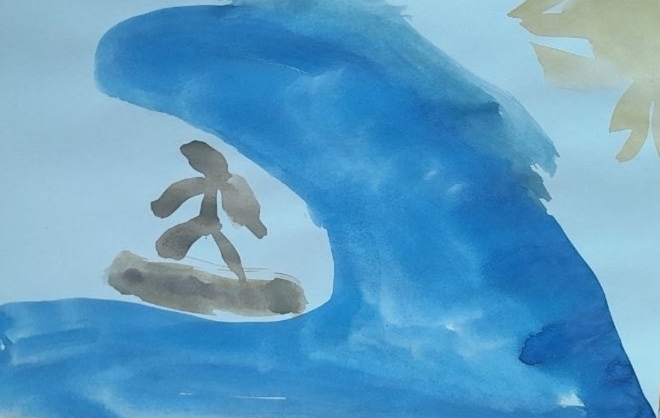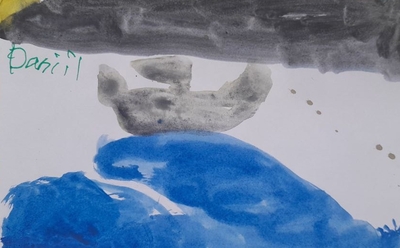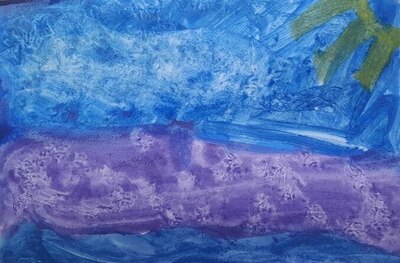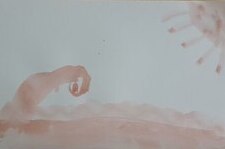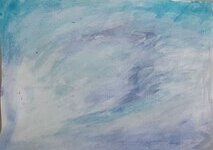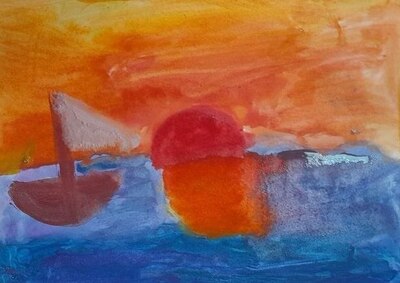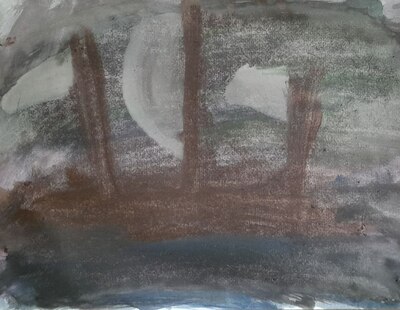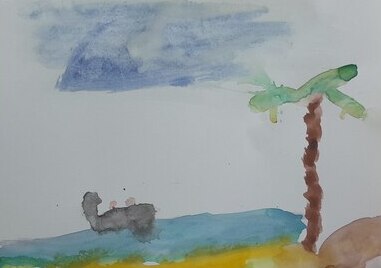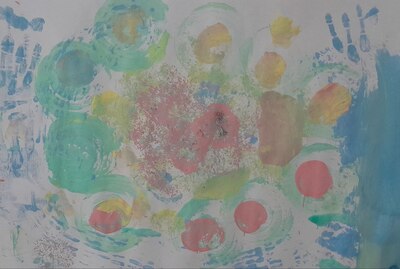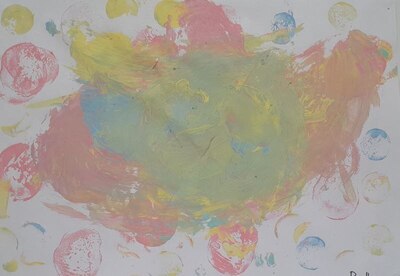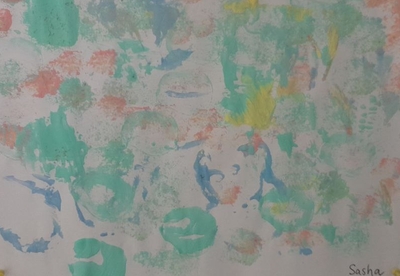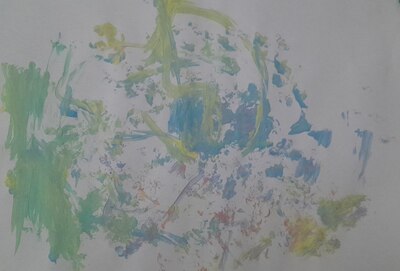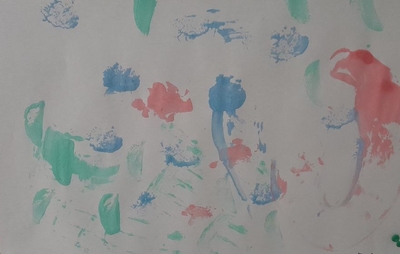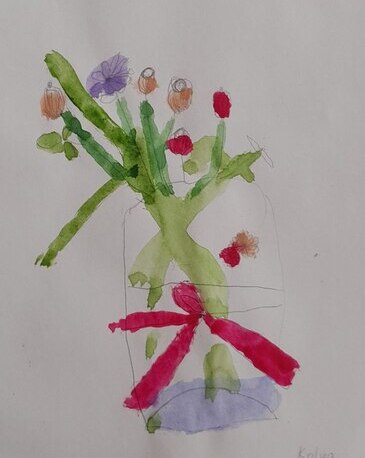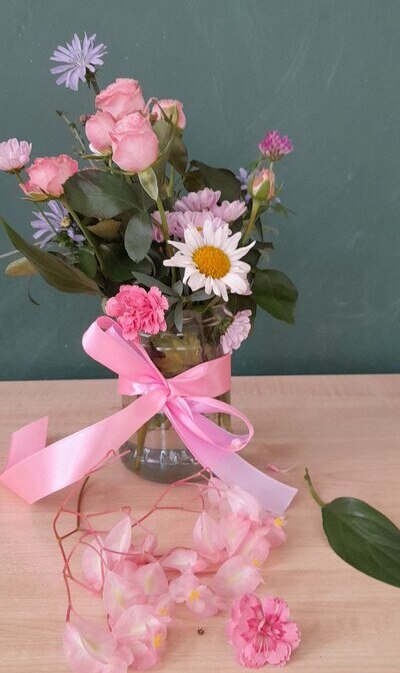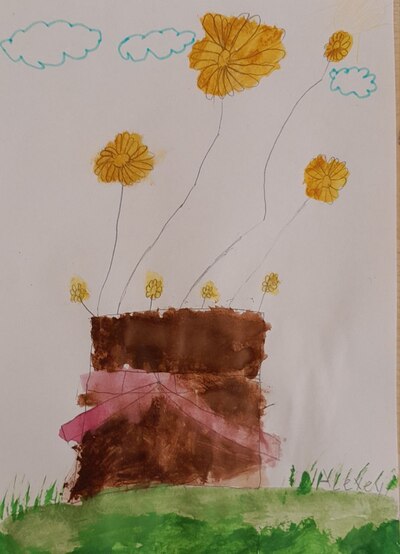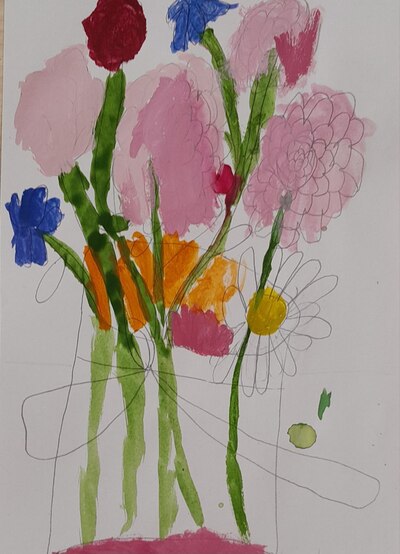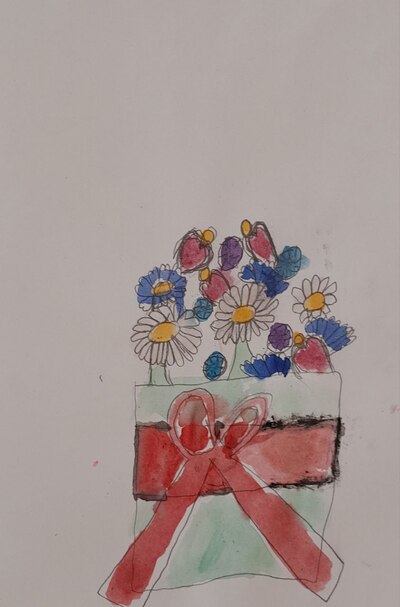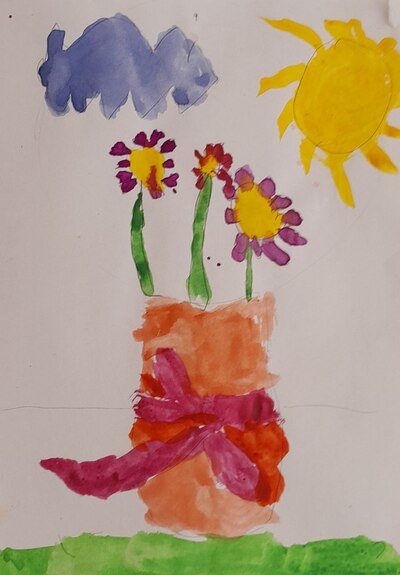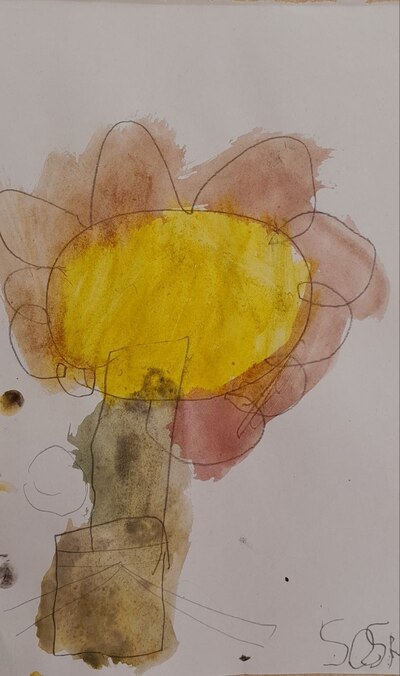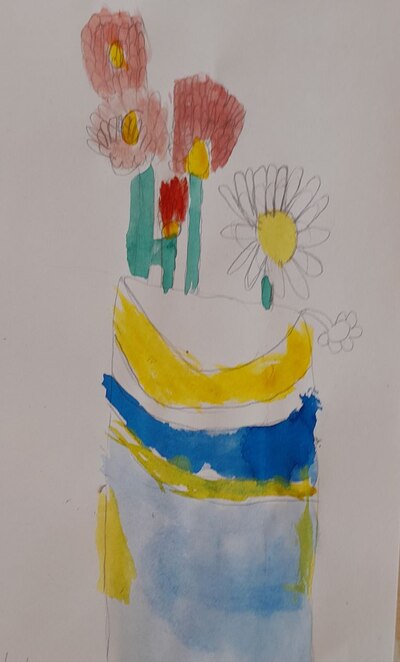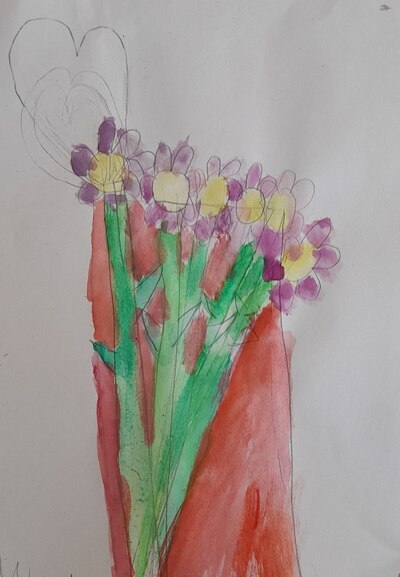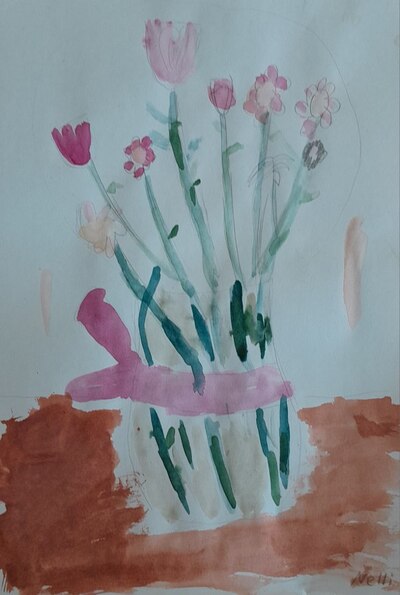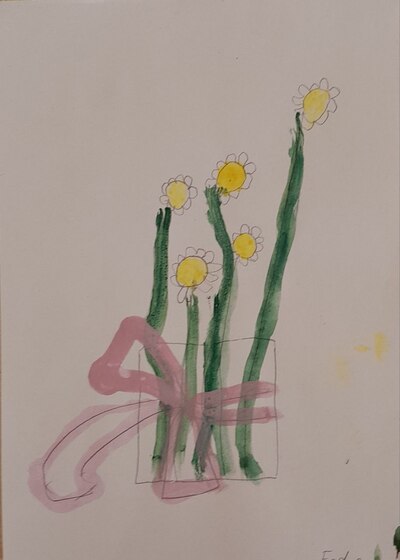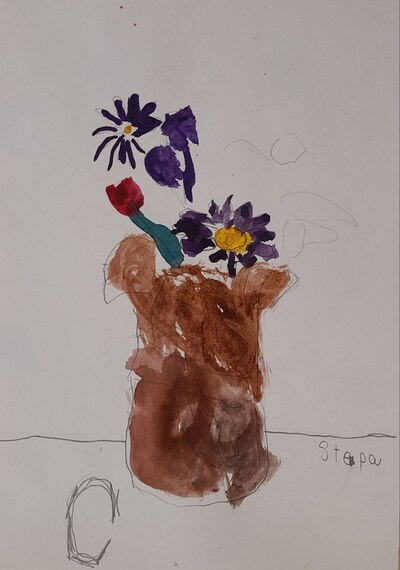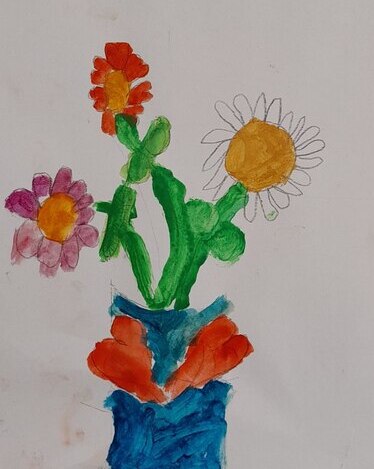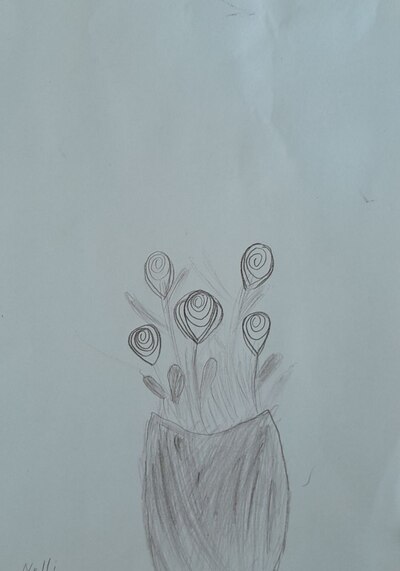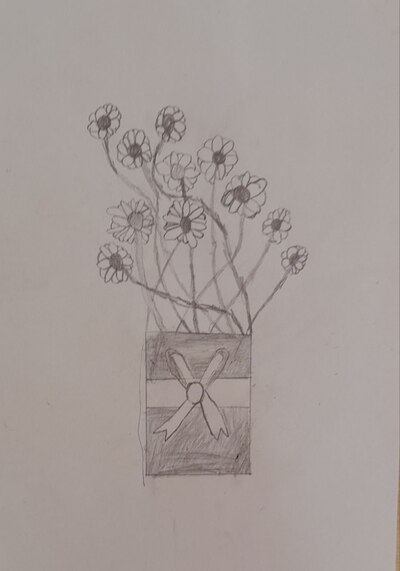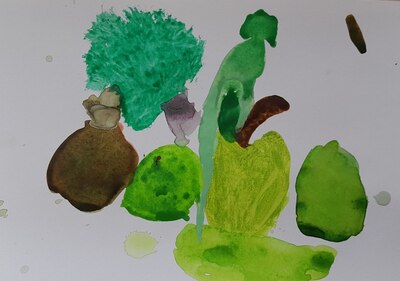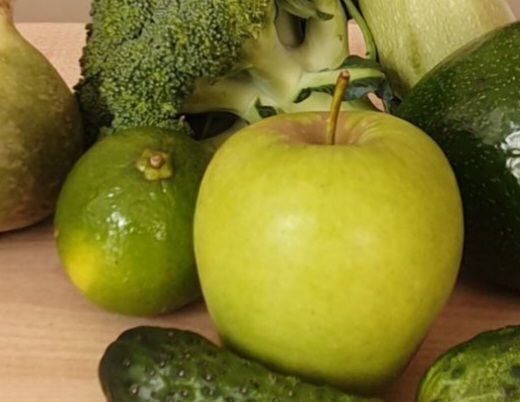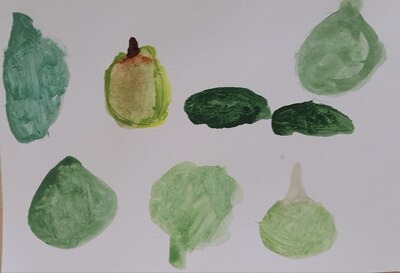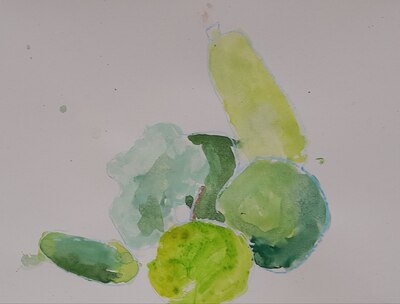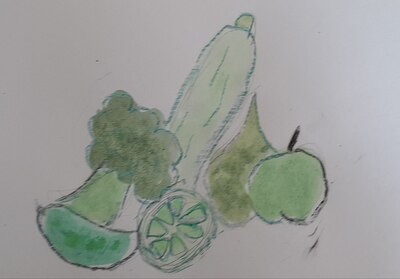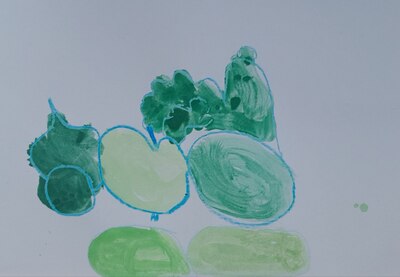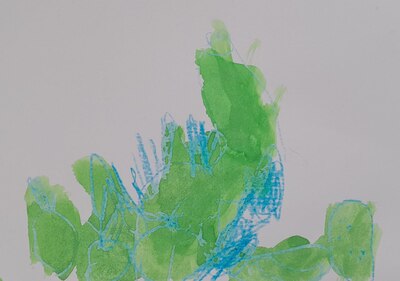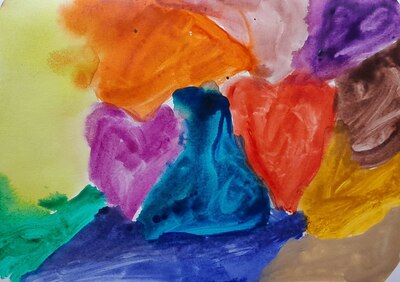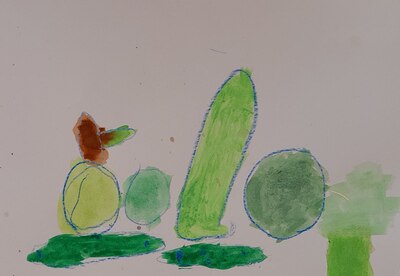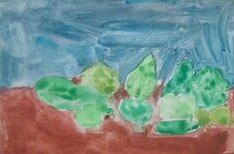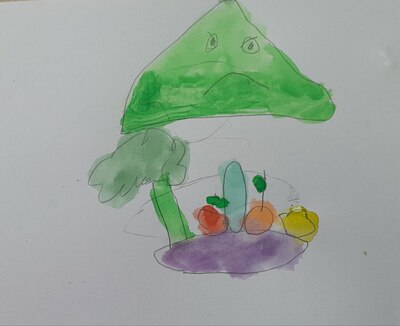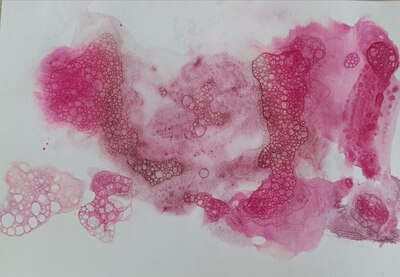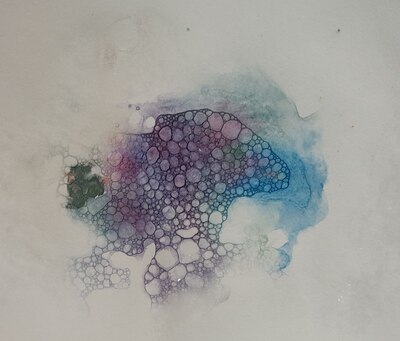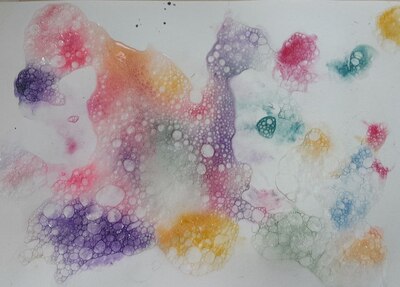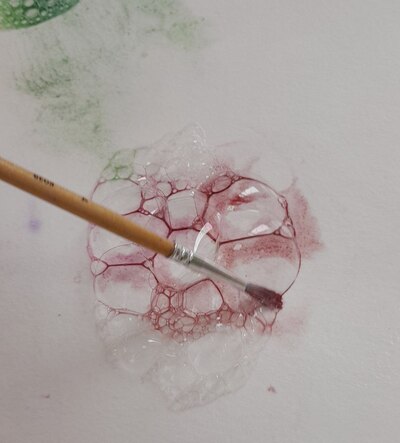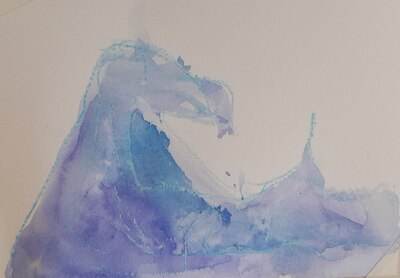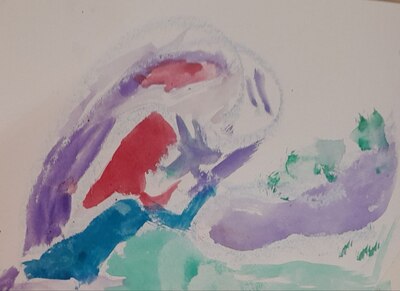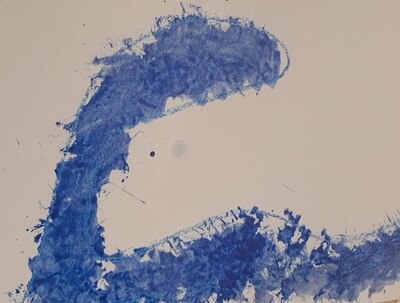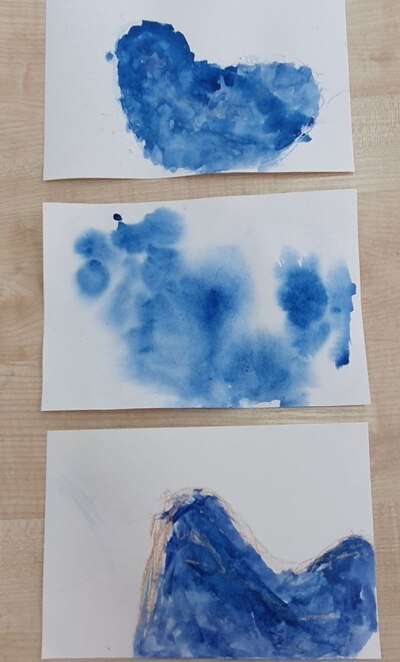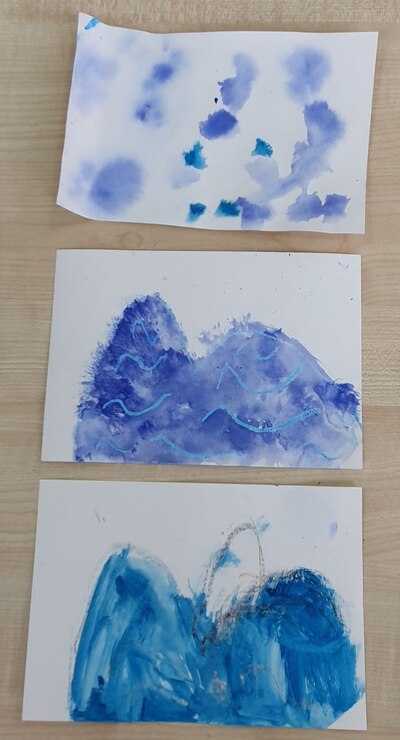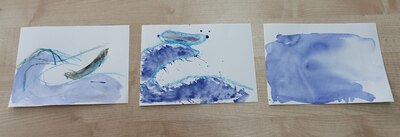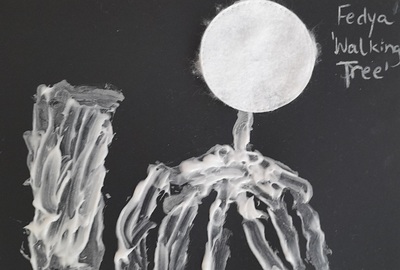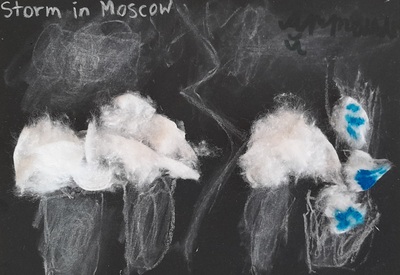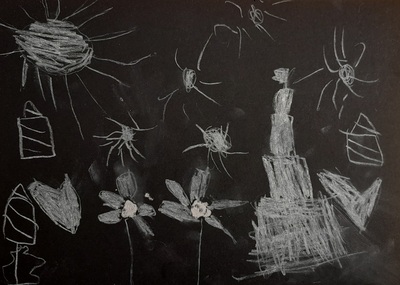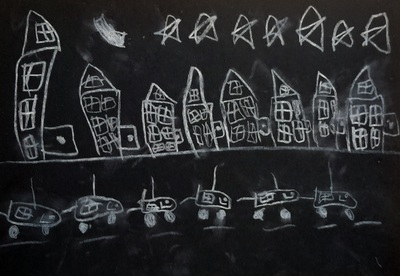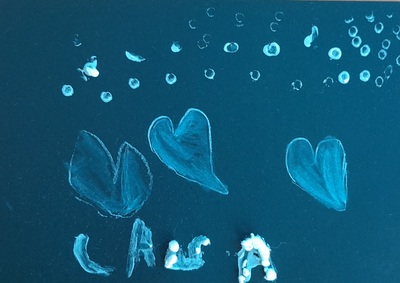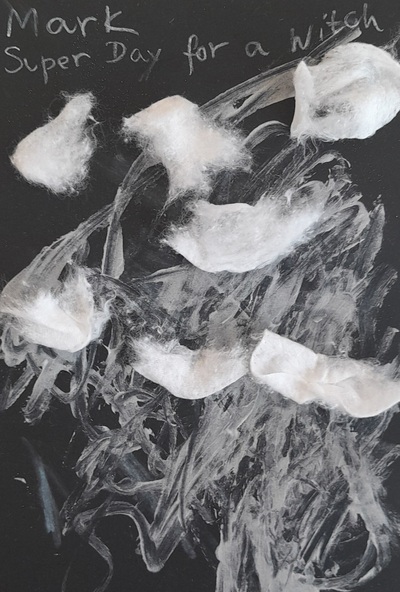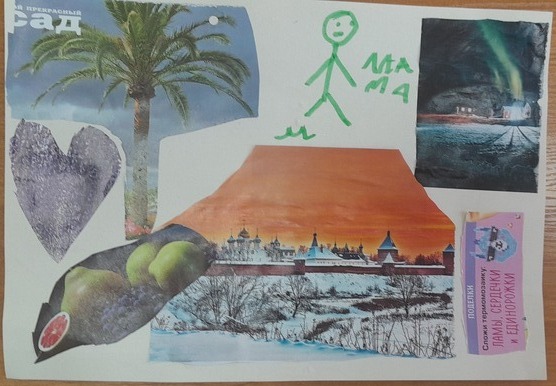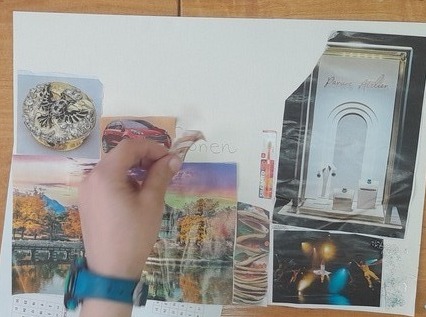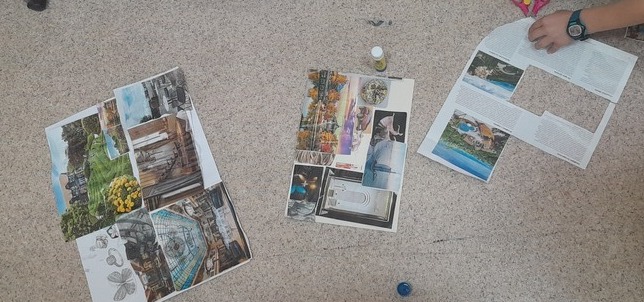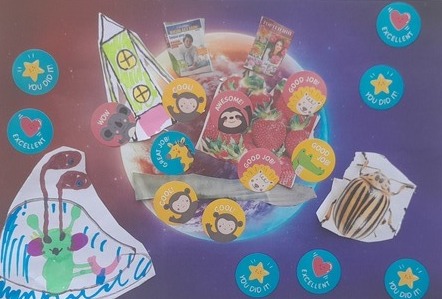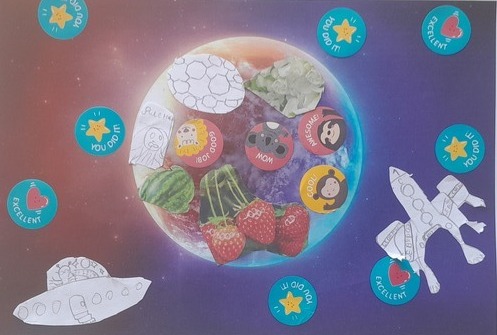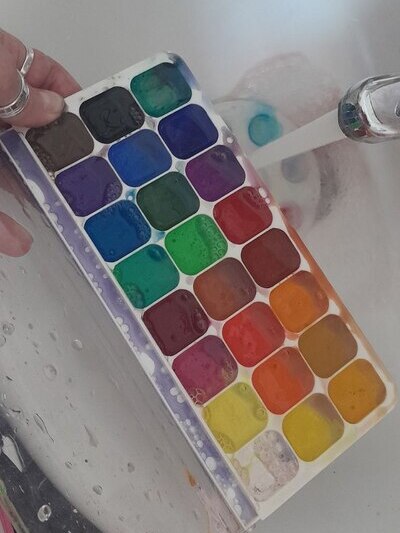
I was typing of my latest posts, devoted to Katsushika Hokusai and it must have been a real inspiration blast, not only for my kids and not only for me as a teacher but also as a trainer or a blog author because it was exactly when I got an idea for this particular post.
I thought it might be a good idea to share how I make decisions about the artist, the materials, the language and the resources, with the hope that it might be useful for those of my readers and colleagues who are only taking their first steps in the area of Art (or teaching English through Art). This way this particular post will be a kind of a directory for anyone who might need one.
First of all, here are the starter kit posts that I have already posted here:
- Teaching English through Art: Why you might want to start.
- Teaching English through Art: A palette of ideas for pre-school
- From the life of an Art teacher
Starting with a new group
What you need is a simple task with very basic resources and, if possible, a tiny wow effect.Here are the topics that I like to use:
- Claude Monet and the lillies garden, because of the little magic that the painting with watercolours over crayons without destroying the drawing does. Funnily enough, this lesson has never been described and added here, on the blog, although this is my first favourite lesson. For now you can read about it here but I promise to add it as soon as September comes and we do it again.
- Hokusai and the wave, because the students draw something easy (a wave) three times and three different but simple techniques are used, too
- Upgraded Picasso (if the template is used, in the offline classes) and it salty water with watercolour does its magic, too
- Andy Warhol and Mickey Mouse or learning about the associations we have with different colours and emotions. It is based on a template and basically involves colouring but that is why it is an achievable task for everyone, the younger and the older students.
- Joan Miro and the elephant collage (with a template) because it is a great opportunity to connect literature (Elmer! by David McKee) and the technique itself is very easy and achievable both for younger and older children
Step by step aka learning to listen
Getting the group to listen and to follow the teacher’s instructions, staying on the ball, pausing when necessary, waiting and managing your time, skills and materials is absolutely crucial for Art classes (although not only) and, of course, with a new group, this is also something that cannot be taken for granted and something that will have to be introduced, practised and worked on. Here are some activities that might be helpful with a new group:
- Turner and the sky, the sea and the sun: this lesson has three main stages: talking about the paintings, mixing the colours to obtain 10 shades of blue and, finally, painting a landscape and because all three are relatively easy and achievable and require different types of materials, the teacher can give them out step-by-step and this way control the flow of the lesson.
- Bubble painting because the art is abstract and everyone can accomplish it and it definitely has the wow factor and we had a very specific list of step-by-step instructions for us and it was a perfect example for the process painting.
- Hokusai and the waves, mentioned above is also an activity that helps the children focus on the particular stages of the lesson
- Salt dough because it is one more activity with obvious and easy to manage stages: looking at examples, creating, painting, decorating and cleaning up.
- A heart and one hundred different watercolour techniques is easy and manageable because the number of the techniques can be adapted to the age of the students and the length of the lesson. The whole lesson is built around the teacher demonstrating a technique and the children trying it out themselves.
Bringing up little artists
Teaching Art is also about showing children the new opportunities and the new ways of doing things. Here are five beginner lessons that would help achieve that:
- Salt dough is easy to make and easy to work with and it opens up the door to a brand new world of 3-D creations.
- Tiny pictures was one of the real eye-openers of the previous academic year, for me and for the children.
- White on black is another easy flip and doing something different. The resources might not be those that are always lying around (black paper and white marker) but they are not very hard to find.
- Yayoi Kusama and the pumpkin because even though the first pumpkin is created exactly like the teacher’s, anything can be sitting inside and after the initial T-focused part, the kids can go on recreating the pumpkin and filling it with whatever they want. ‘You are the artist. You make a decision!’
- Eric Bulatov and a word that is also a picture, one of my favourite lessons in the previous academic year and the one that I taught to a beginner artists group and that was effective aka it is appropriate.
Happy teaching!
